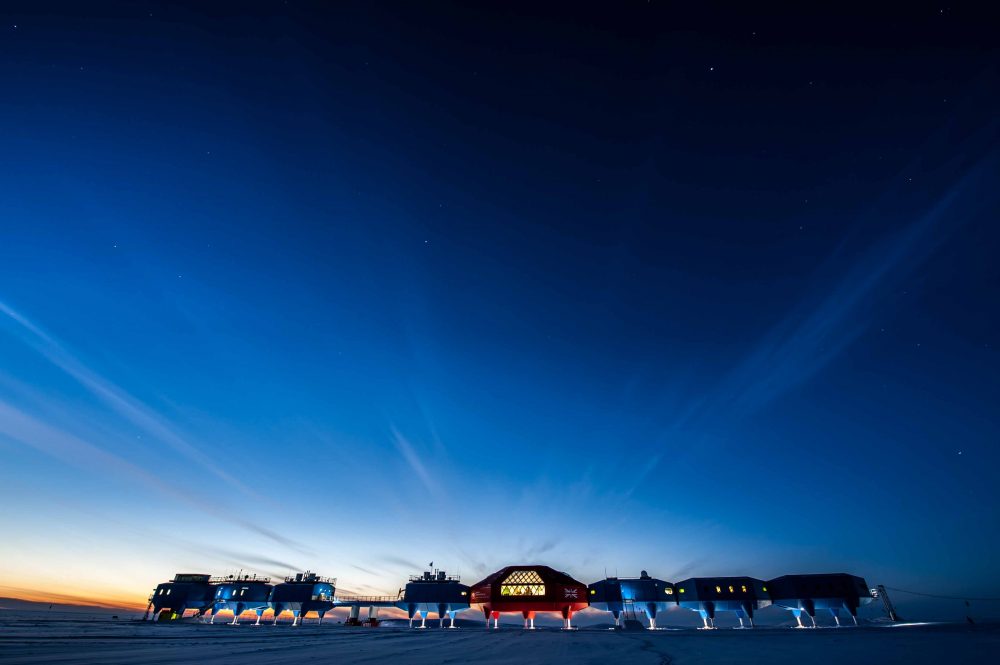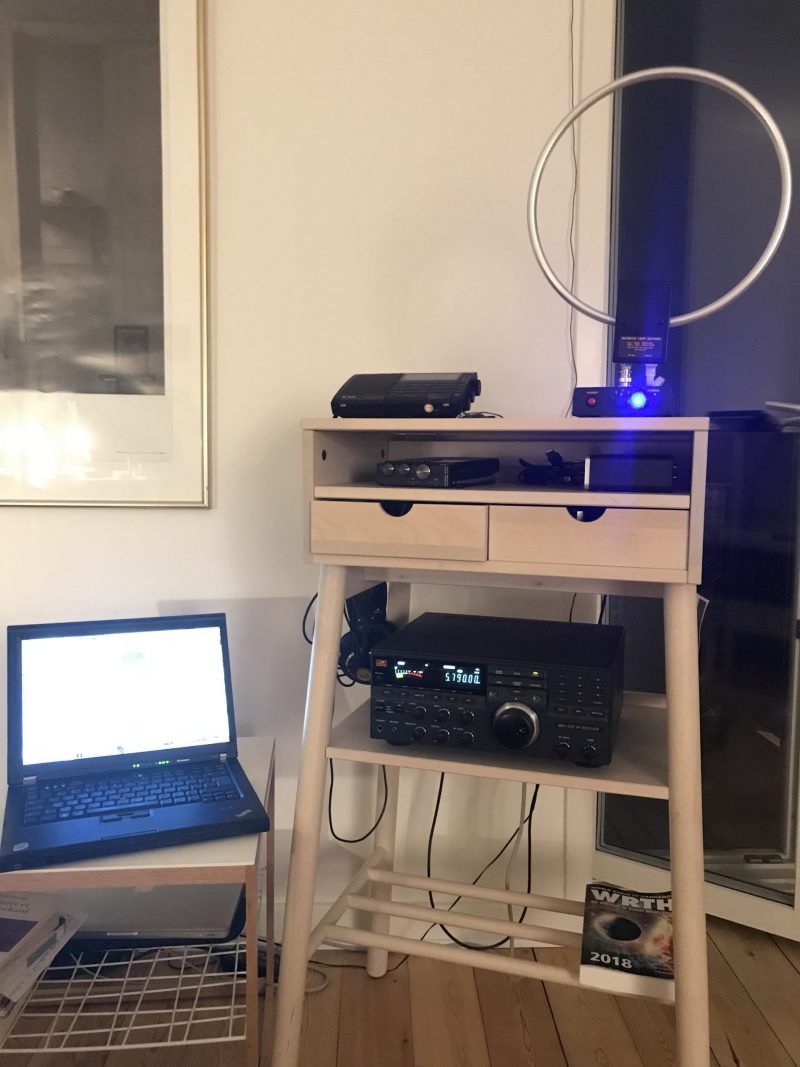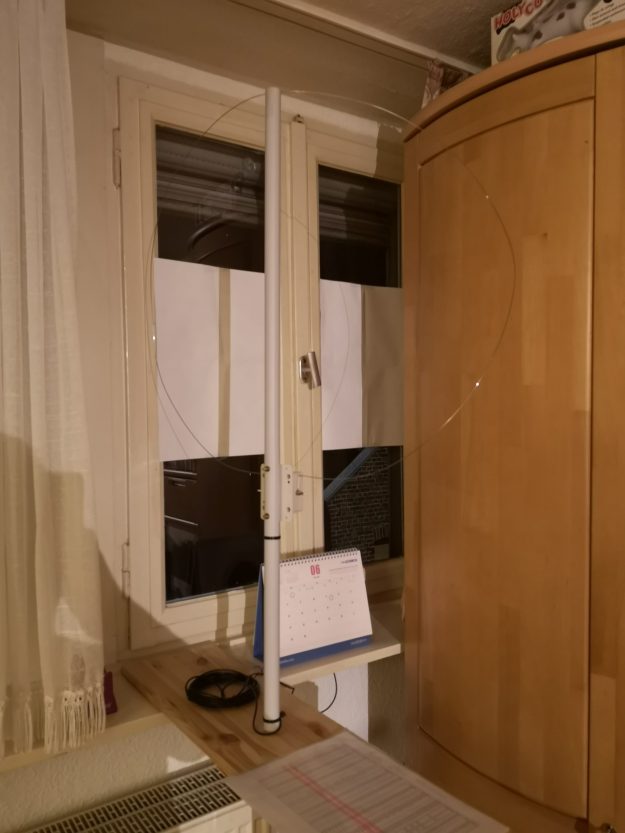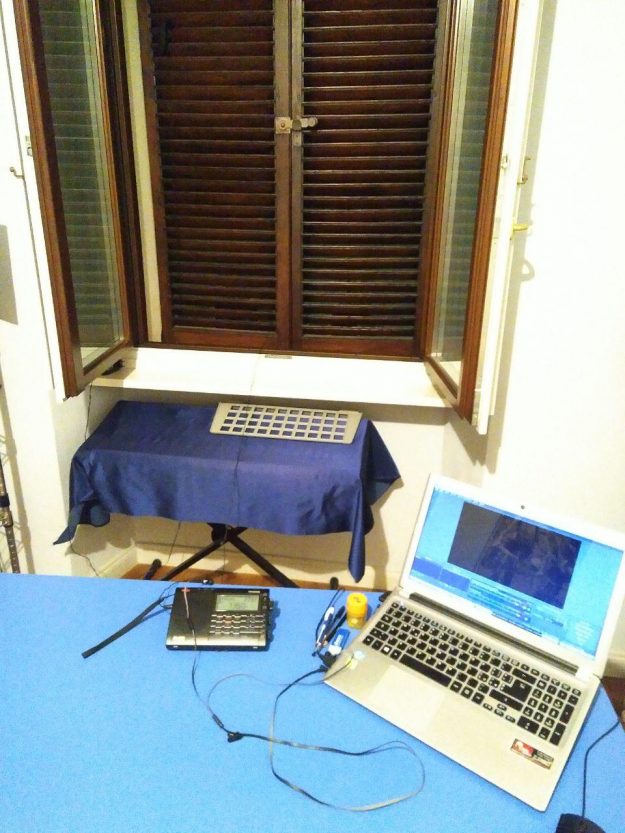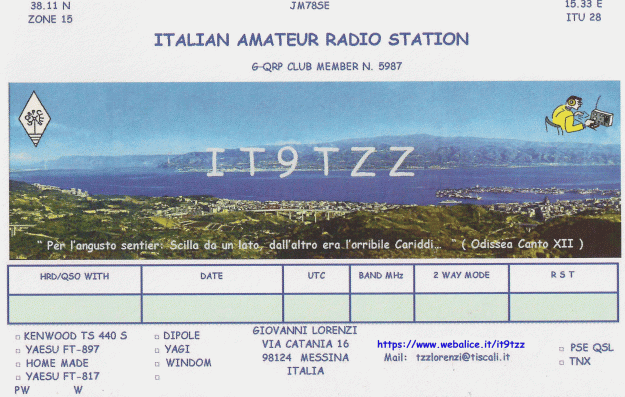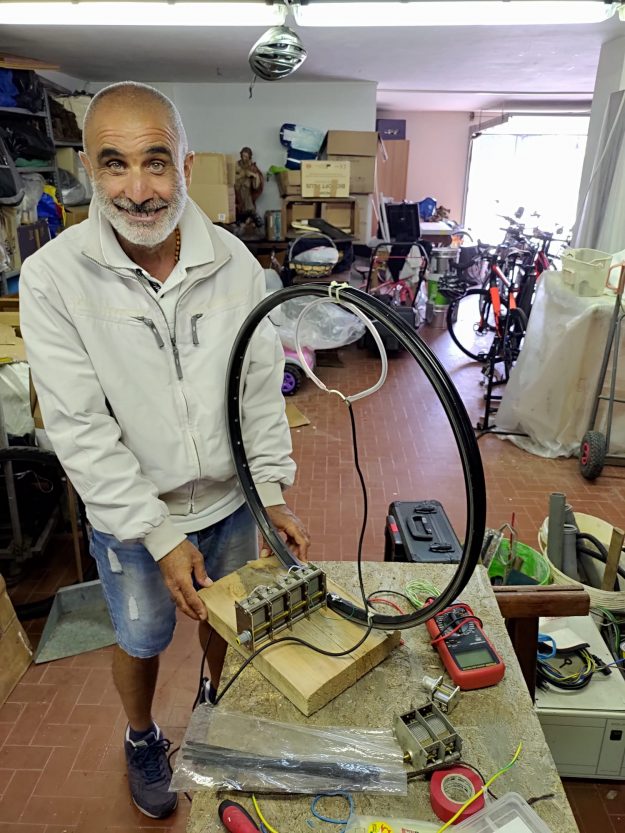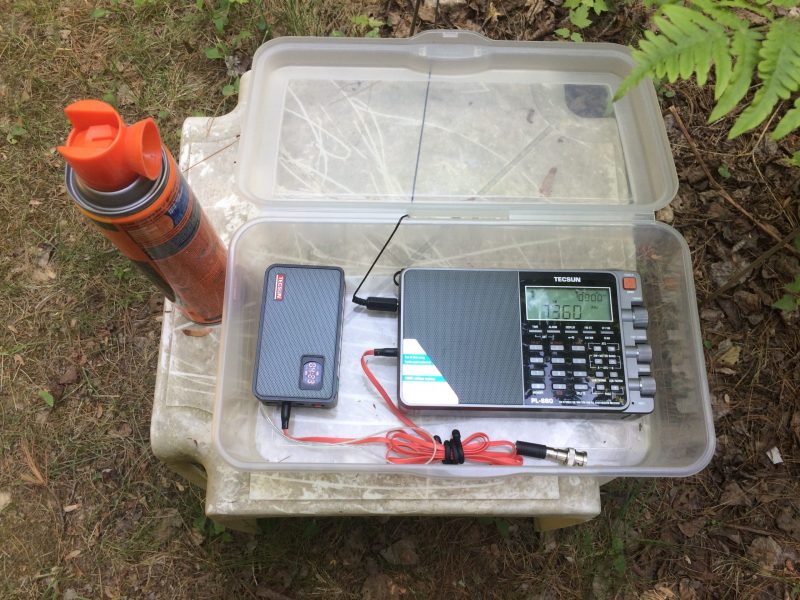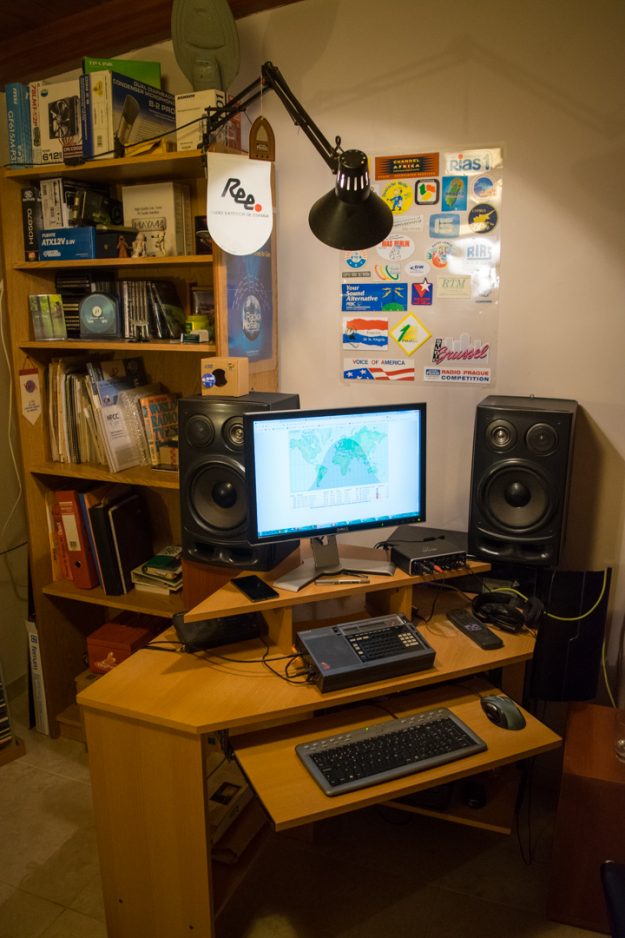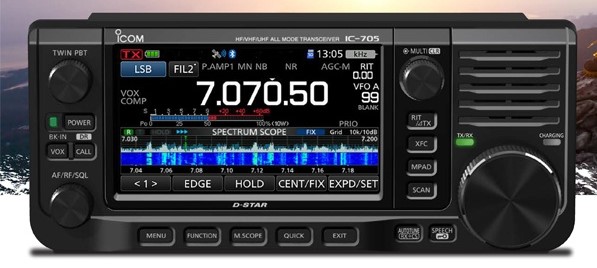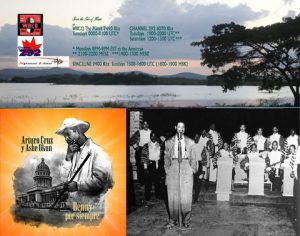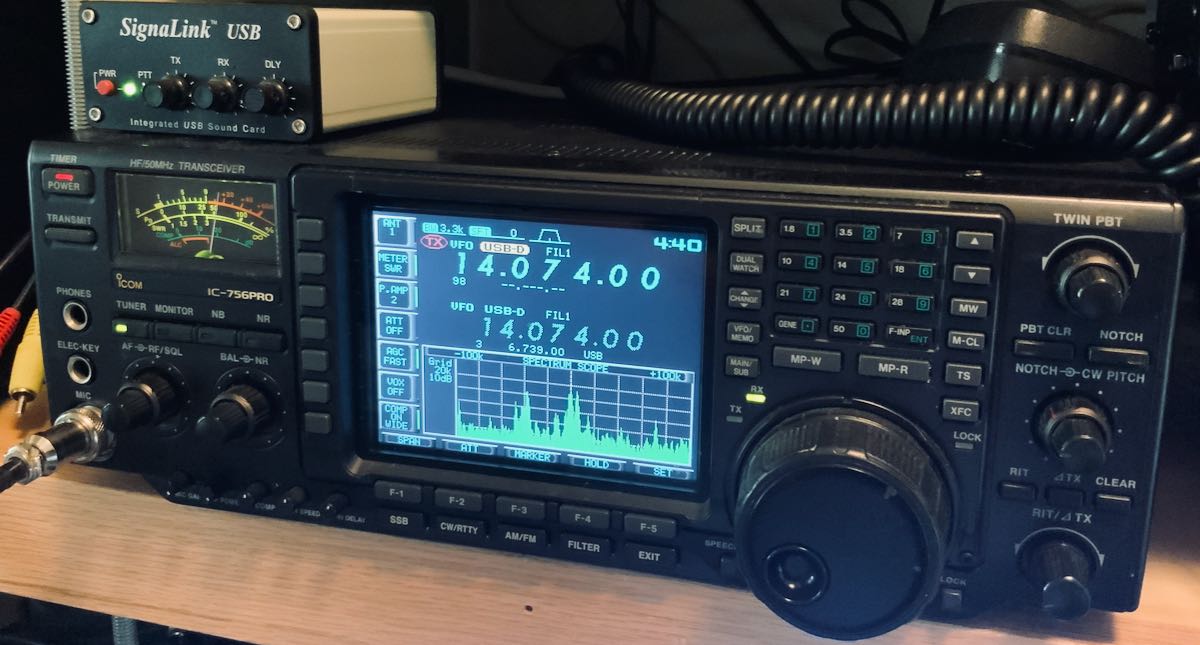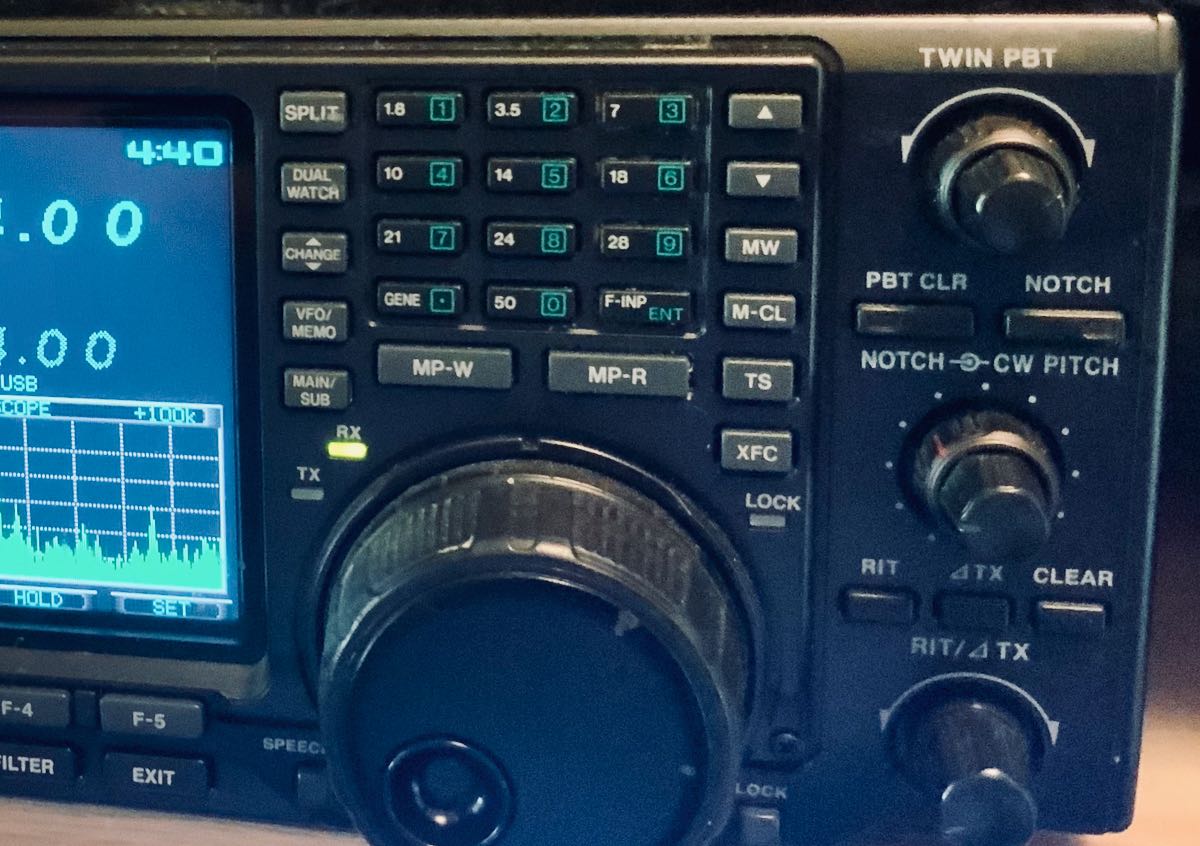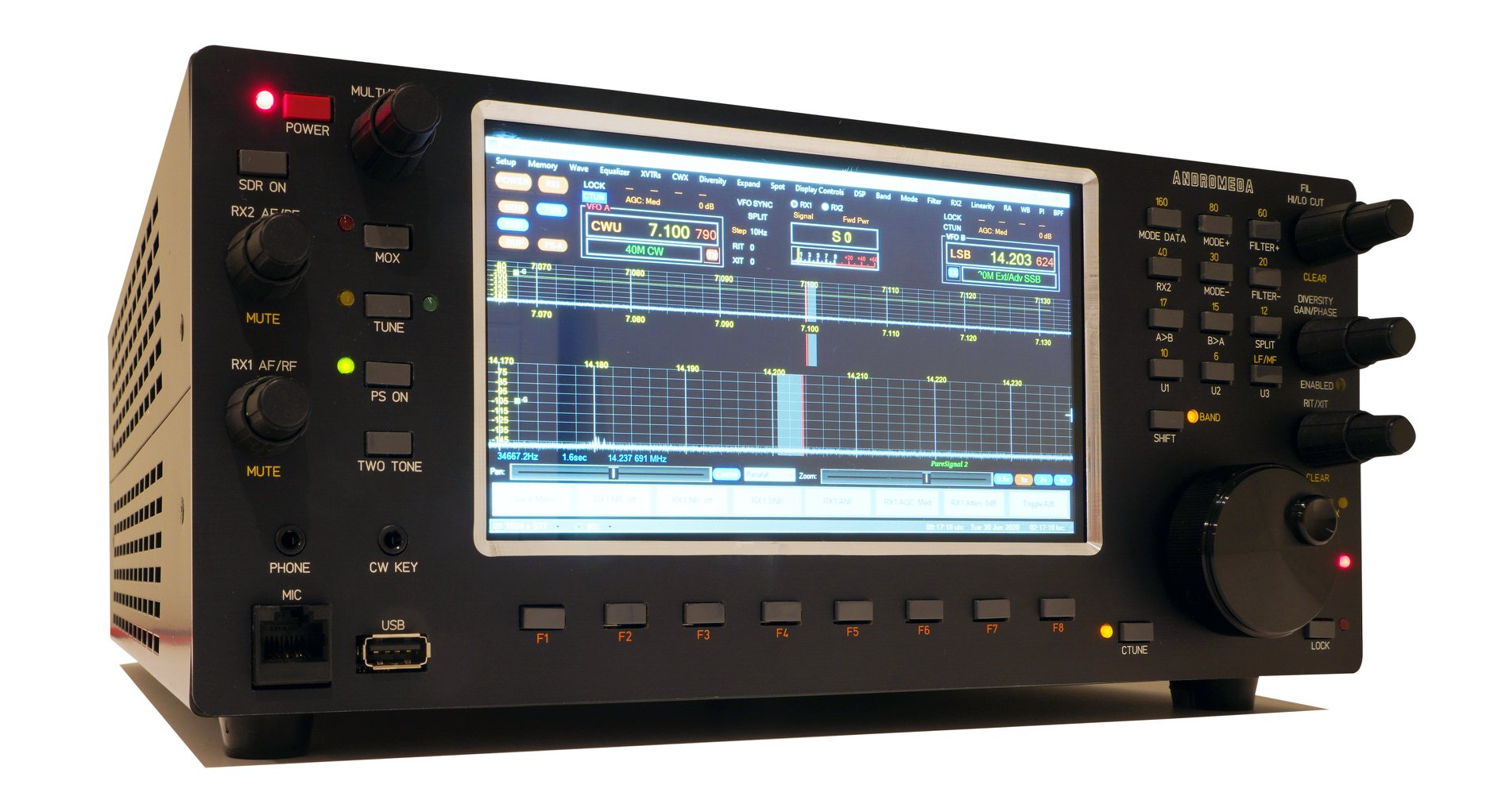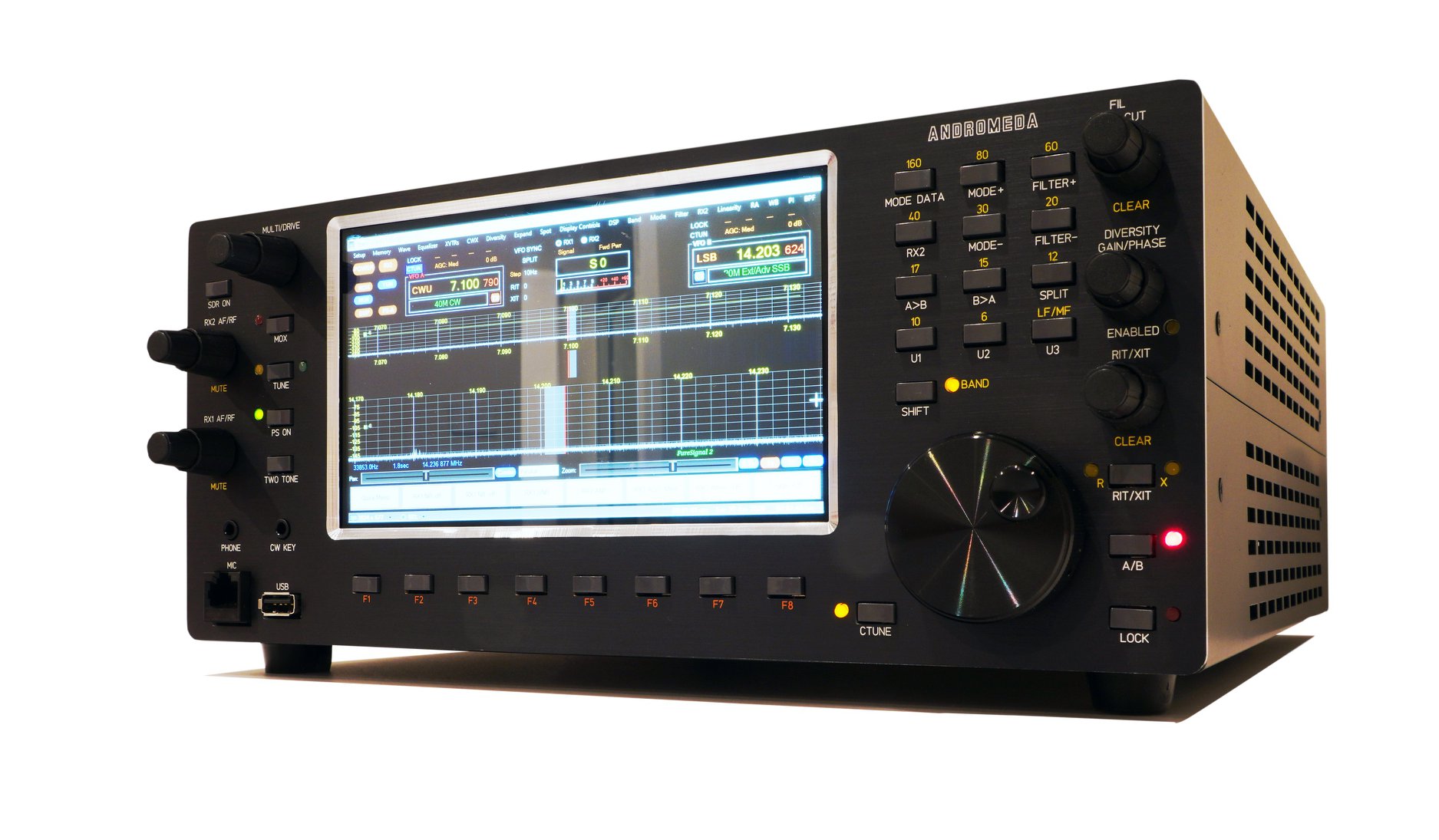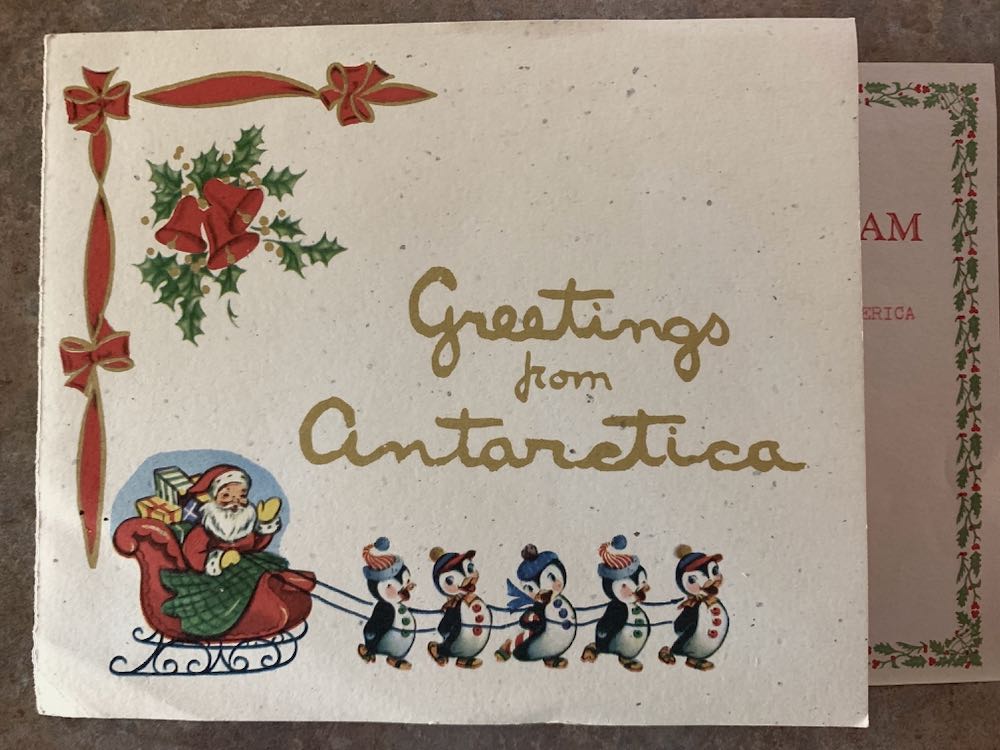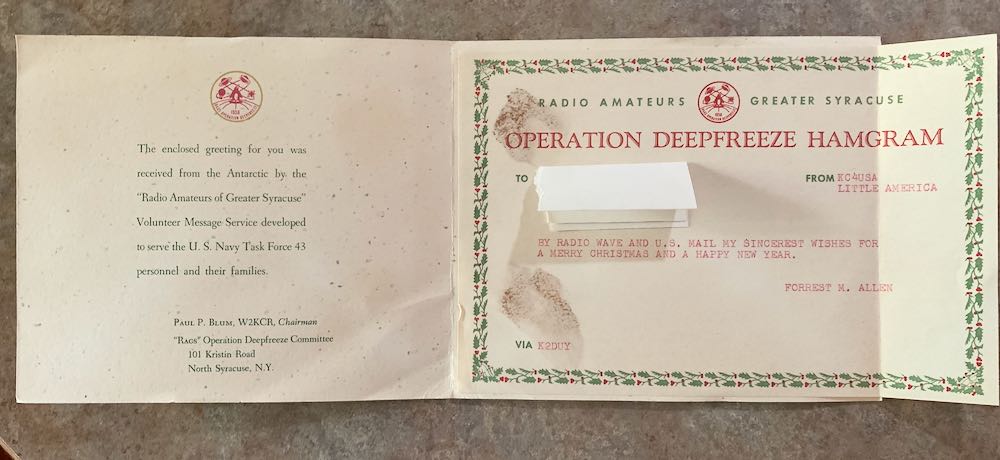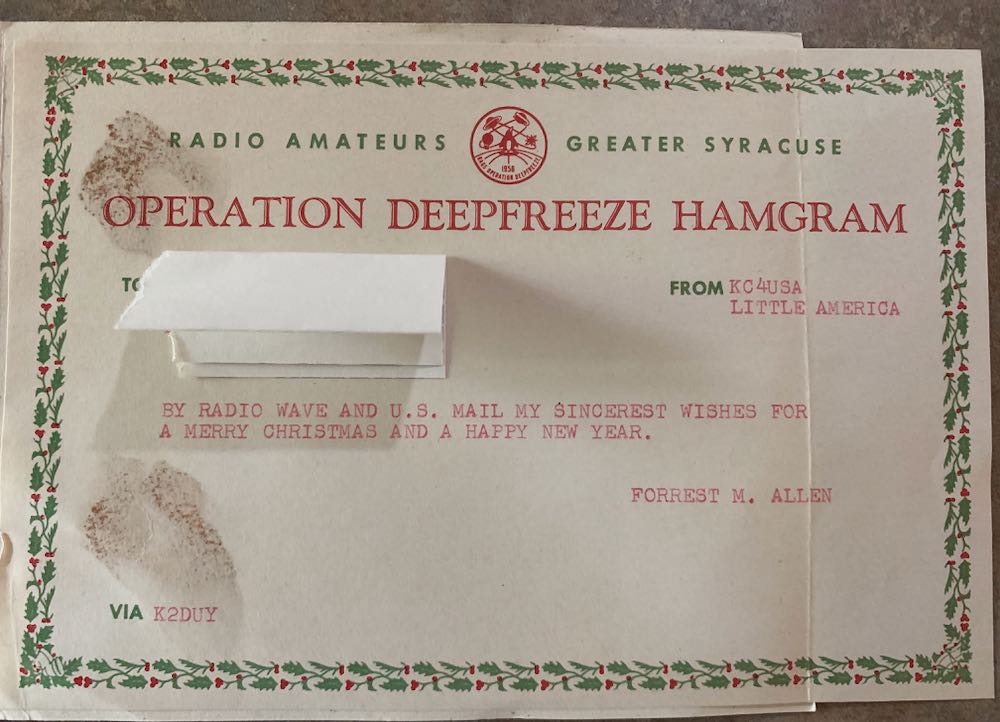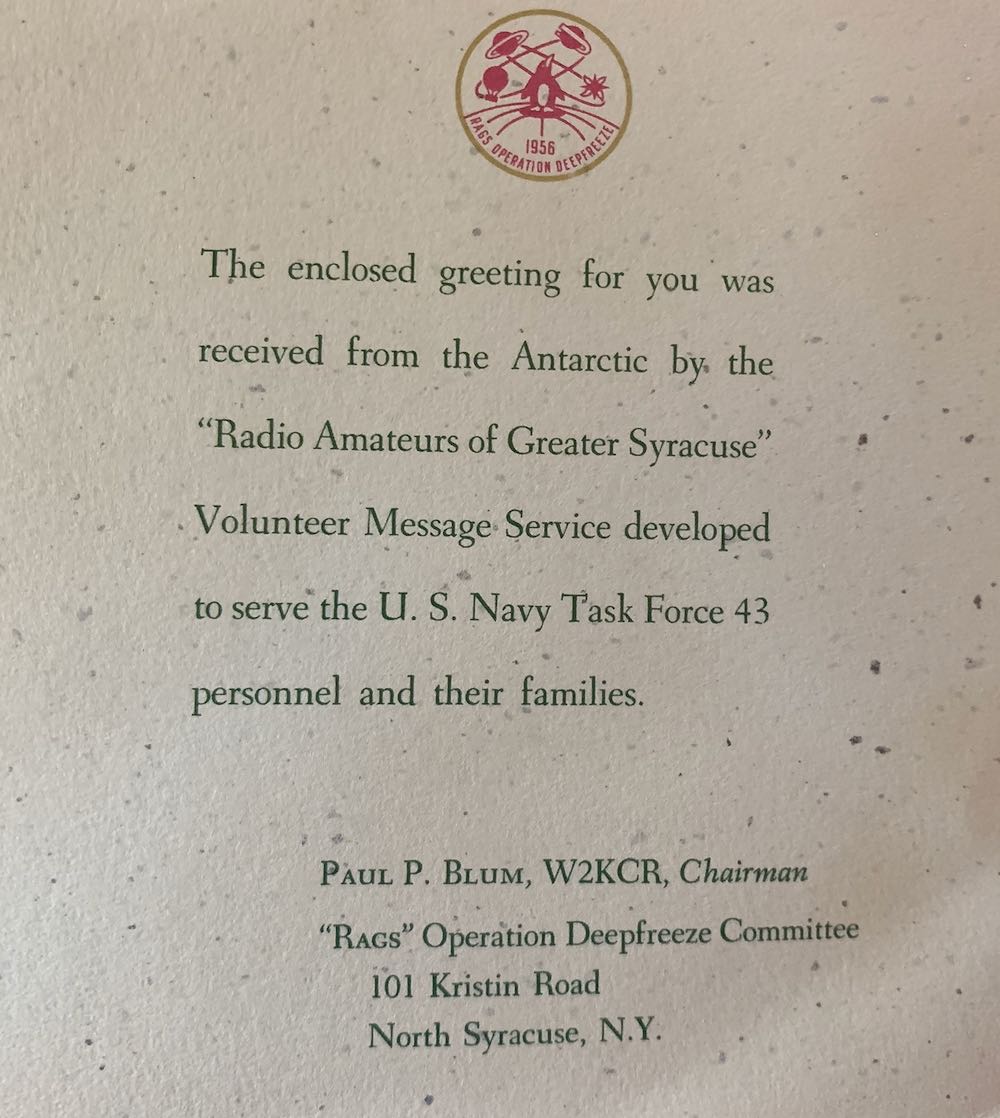On Sunday, 21 June 2020, the BBC World Service officially transmitted the 2020 BBC Antarctic Midwinter Broadcast–an international radio broadcast intended for a small group of scientists, technicians, and support staff who work for the British Antarctic Survey.
This is one of my favorite annual broadcasts, and I endeavor to listen every year. Once again, the SWLing Post called upon readers to make a short recording of the broadcast from their locale.
Below are the entries, roughly organized by continent and country/region.
Did I miss your recording?
Putting this post together takes almost a full dedicated day sorting recordings, uploading, and formatting them for the Post. Many readers posted a link to their recording on Facebook, Twitter, or even in the comments section on previous posts. I tried to hunt down these links, but if I’ve somehow missed including your entry, please send me an email with details and a link to your recording; I’ll amend this post.
So, without further ado please enjoy the following recordings:
The 2020 BBC Antarctic Midwinter Broadcast Recordings
 Europe
Europe
Denmark
SWL: Florián Navarro
Location: Aarhus, Denmark
Notes:
Here are a couple of samples from the 2020 BBC Antarctic Midwinter Broadcast, both on 5790 kHz, the first one at 21:53 UTC, the second one at 21:59 UTC.
My receiver is a JRC-NRD 535 with an AOR LA400 loop antenna and I used a Roland Edirol R-09 recorder.
My location is Aarhus, Denmark. Best reception from here was on 5790 kHz followed by 7360 kHz (weaker signal and a bit background noise) while 9580 kHz was barely audible.
I really enjoy reading your articles, reviews, etc. in both your website and blog. thank you very much!
England
SWL: Paul Lethbridge
Location: Worthing, England
Notes: 9580 as received in Worthing with some talkback from G0JXX on 2mtr to me G3SXE
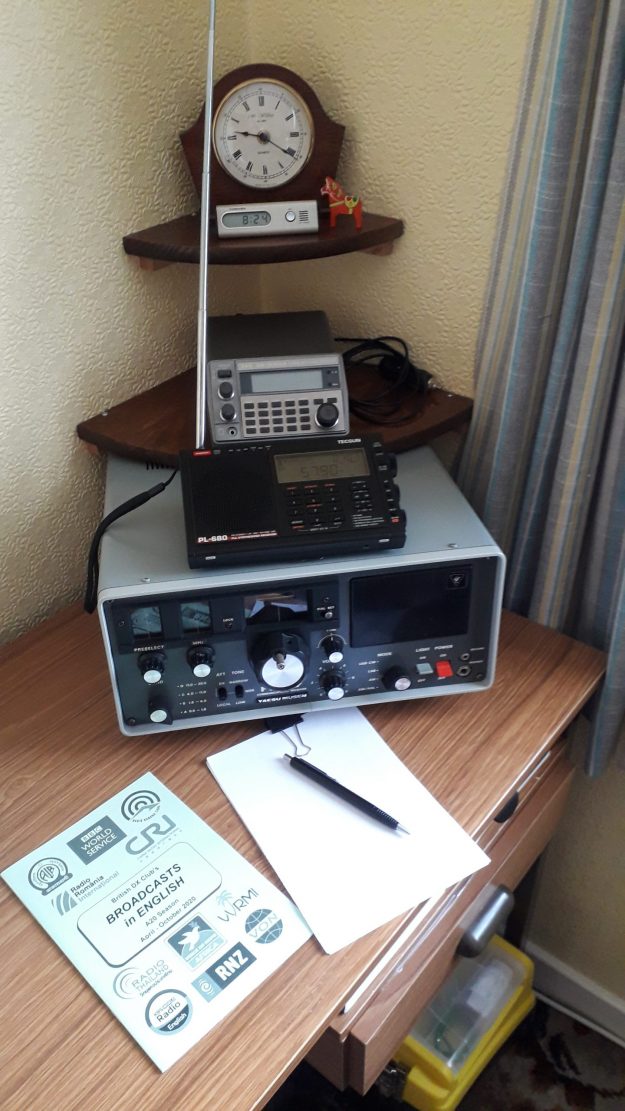 SWL: David (G4EDR)
SWL: David (G4EDR)
Location: North Yorkshire
Notes:
I used my Tecsun PL-680 and its telescopic whip antenna to receive the annual mid winter broadcast. 5790 kHz was very strong here on the North Yorkshire coast in the UK. My audio recording was taken from the loud speaker using my mobile phone. Hope the quality is acceptable for posting on your website.
73, David – G4EDR
SWL: Mark Hillman
Location: Littlehampton, West Sussex
Notes: 132ft longwire at my QTH in IO90RT (M0TVV)
SWL: Mark Hirst
Location: North Hampshire, UK
Notes:
I hedge my bets this year and monitored both 5790kHz and 7360kHz using my RSPDuo and FRG-7700 respectively.
Below is the beginning of the broadcast on 7360kHz, recorded in North Hampshire, UK:
7360 kHz deteriorated towards the end, so the RSPDuo recording will be the keeper.
SWL: Nick B.
Location: England
Notes:
Some recordings I made this evening on 5790kHz. I’m around 90 miles NE of Woofferton TX so it’s a big signal here!
Using Airspy HF+ Discovery, SDR Console in SAM mode.
Unfortunately, the BBC caused a lot of confusion due to their incorrect broadcast time (and incorrect pluralising Ascension Island!). I hope they managed good reception down in Antarctica.
SWL: Roseanna
Notes:
I’ve got the BBC Midwinder 2020 broadcast recorded in pretty amazing quality for your archive post!
https://youtu.be/M-lp7SGONGc
https://youtu.be/1cYcqi387jg
France
SWL: Philippe
Location: Brest. France
Notes:
Good morning Thomas,
i’ve recorded the last BBC Antarctic Midwinter broadcast.
I’m located near BREST, in west France.
Germany
SWL: Martin
Location: Hannover, Germany
Notes:
Here is a recording of the 2020 BBC midwinter broadcast, received in Hannover Germany on my XHDATA D-808 and its telescopic whip antenna, with the strongest signal on 5790 kHz via Woofferton.
Thanks for bringing this broadcast to my attention!
SWL: Andreas Bremm
Location: Western Germany
Notes:
Hello Thomas i can send you my record from the BBC Midwinter Show sounds really good. It’s recorded with Tecsun ICR 100 Revived with Tecsun Pl880 and a MLA30+ Loop in Western Germany
Ireland
SWL: Alan
Location: Ireland
Notes:
5790 kHz Woofferton UK
BBC Antarctic Midwinter broadcast 21-06-2020 21:30UTC
Recorded from County Kildare, Ireland (GRID IO63ri)
Icom-718 and 20m Random wire
Olympus vn-741pc
Best regards,
Alan
Italy
SWL: Marco Origlia
Location: Cuneo, Italy
Notes:
My name is Marco and I am an Italian student in Telecommunications
Engineering. Thanks to one of our Professors, I’ve become enthusiast for
radio communications and day by day I’m becoming a shortwave listener. I
must thank you for your blog. I’ve added it to my RSS feed aggregator so
that I don’t miss any of your posts, which I always find very interesting.
Upon your invitation I would like to share a short recording of the BBC
Antarctic Midwinter Broadcast I made. The data of the recording are the
following:
Location: Cuneo, Italy (44.384413N, 7.542607E), from an indoor location
of a urban area
Frequency: 7360 kHz
Receiver: TECSUN PL-660 with wire antenna leaning out of the window
Time: UTC 2020-06-21 21.41
Although at times the signal faded, the broadcast was pretty clear.
I haven’t bought a jack to jack cable to pipe the output of the radio to
the computer, yet. So I plugged my headphones into the computer, I put
the headphone microphone on the radio speaker, I recorded the broadcast
with OBS and converted it using VLC.
Thank you again for your service to the shortwave listeners community,
Marco Origlia
SWL: Giovanni Lorenzi
Location: Messina, Sicily Island
Notes:
I’m Giovanni Lorenzi, and I’m a amateur radio too. I live in Messina, Sicily Island. My working condition are: receiver Yaesu FRG-7000 and dipole antenna.
I’ve tuned the program above and I’m sending 3 audio clip about.
Giovanni Lorenzi
SWL: Giuseppe Morlè (IZ0GZW)
Location: Formia, Central Italy
Notes:
I’m Giuseppe Morlè, iz0gzw, from Formia, Central Italy, on the Tyrrhenian Sea …
Also this year I send you the link where you can see My Antartic Midwinter 2020 video.
I hope you will publish it on SWLing Post for the swl community of the world …
I thank you and always wish you good listening.
Ciao from Italy.
Poland
SWL: Przemys?aw Ryszka
Location: Jaslo, Poland
Notes: Recorded in Jaslo, south-eastern Poland using Tecsun PL-360 and some lenght of a wire.
Russia
SWL: Anton Kolesnichenko, R9LAU
Location: Tyumen, Russia
Notes:
QTH Loc: MO27SE
Frequency: 7360 kHz, 5790 kHz
Receiver: Icom 7300
Antenna: 40M dipole
73 de Anton, R9LAU
SWL: Dmitry Elagin
Location: Saratov, Russia
Notes:
Good afternoon!
Hello from Saratov, Russia!
UTC time: 21:30 – 22:00
Frequency khz: 9580
Weak signal. Local impulse interference. Sometimes fading a weak signal and noise at frequency.
Signals 7360 and 5790 are much stronger.
Receiver: SDRplay RSP1
Antenna: Long wire antenna 7 meters + counterpoise 20 m. (10 – 14 m. above ground level)
MFJ-959C Antenna Tuner SWL and Preamp / MFJ-931 Artificial RF Ground
Receiver location: Saratov, Russia
North America
Canada
SWL: Richard Lacroix
Location: Toronto, Ontario
Notes:
I managed to receive on all 3 frequencies from Toronto, Ontario Canada. Best
of them was 9580 kHz. I first started to listen on 7360 kHz as this was the
only working frequency. Reception was poor, hence the poor audio recording.
Conditions rapidly got much better which allowed me to switch to 9580 during
the broadcast period with much better reception.
LOCATION: Toronto, Ontario Canada
TIME: 2130 – 2200 UTC
FREQUENCY: 9580 kHz
RECEIVER: SDRplay RSP2duo
ANTENNA: Barker Williamson, Inverted V
CONDITIONS: Urban environment, thunderstorm activity
SWL: Richard Langley
Location: Hanwell, New Brunswick
Notes:
I obtained a good recording of the BAS broadcast here in New Brunswick, Canada, on 7360 kHz using a Tecsun PL-880 receiver outdoors at my house with a Tecsun AN-03L 7-metre wire antenna strung to a nearby tree. Attached is a photo of the “listening post” at the back of my mosquito-infested backyard. Note the bug spray!
You can hear my full half-hour recording, with more details on reception, on the Shortwave Radio Audio Archive: https://shortwavearchive.com/archive/bbc-world-service-annual-antarctic-midwinter-broadcast-june-21-2020
SWL: David Elden
Location: Ottawa
Notes:
Received in Ottawa, Canada using an XHDATA D-808 with ~15 feet of wire clipped to the telescopic antenna. Location was on a balcony, east facing about 20 feet above the ground. Nothing heard on 5790, faint signal on 9580 and readable with variable fading on 7360 (maybe S3R3-4). Recording here:
Oceana
Australia
SWL: Cameron Campion
Location: Melbourne
Notes:
Hello Thomas, Here is my reception of the BBC Midwinter broadcast from here in Melbourne, Australia with my XHDATA Receiver. I received first on 7360khz and then switched to 5790khz where the reception improved substantially.
New Zealand
SWL: Chris Mackerell
Location: Marahau, New Zealand
Notes:
Here are a couple of clips from the BBC Midwinter broadcast
for Antarctica received here in Marahau, New Zealand.
This is 7360 kHz – the best of the signals. 5790 was weaker,
and 9580 was just a spike on the SDR display.
The clips are the first & last minute or so.
Receiver was an Elad DUOr with a Wellbrook loop antenna.
73 Chris
South America
Argentina
SWL: Ulises Chialva
Location: Rio Primero, Argentina
Notes:
My name is Ulises Chialva, Im 46 years old and I live in a small rural town called Rio Primero, in the Cordoba province, central region of Argentina. Im a DXer since the late 80´s and been a member of several clubs here in Argentina, also a monitor for Radio Netherlands in the 2000´s.
Today is a cold Fathers day here in Argentina, and at the moment of listening I was also enjoying a really beautiful sunset.
I’ve listen to this years BBC midwinter broadcast with my Sony ICF-2010 and a 45 meters long random wire antenna with a 9:1 balun.
Conditions were pretty good with the UK so I’ve listened to Woofferton station transmissions very clear on 5790 and specially 7360 KHz; 6170 and 9580 from Ascension Island were barely audible here.
I send to you a little more than 1 minute recording of 7360 KHz from Woofferton, UK; and a photo of my little shack here at home.
Brazil
SWL: Carlos Latuff
Location: Porto Alegre, Brazil
Notes:
It was a risky listening to the Midwinter Broadcast during the Covid-19 pandemic, because I had to leave my home since inside my apartment it is practically impossible to listen to shortwave radio due strong interference.
I took my Tecsun PL-606 (telescopic whip only) to the Guaiba waterfront near my home here in Porto Alegre. It was a calm night with calm weather and the place was CROWDED; people with and without masks, ignoring the social distancing. I stayed only for a short time there, trying to keep myself away from people.
Chile
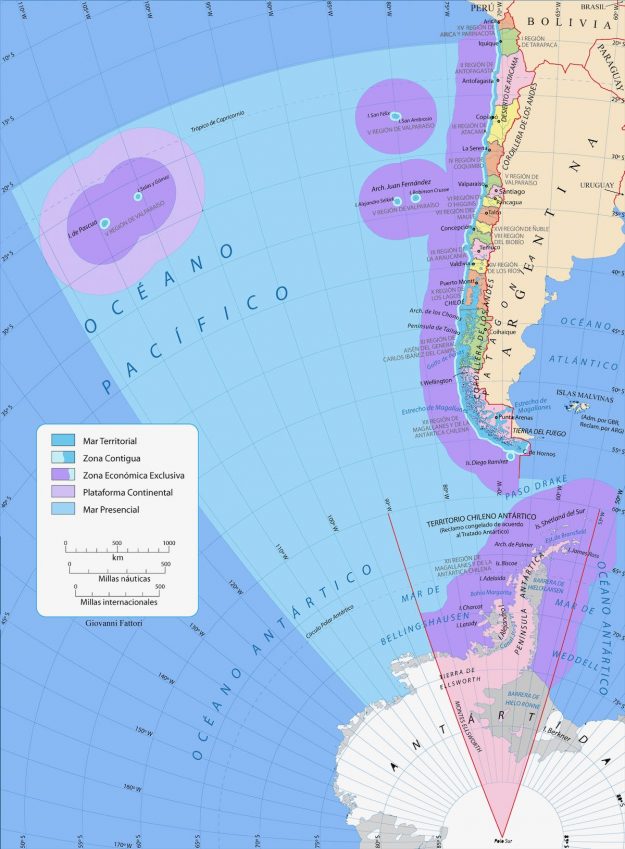 SWL: Francisco Miranda Fuentes
SWL: Francisco Miranda Fuentes
Location: Santiago, Chile
Notes:
I send you my participation to reception of the activity “2020 BBC Antarctic Midwinter Broadcast on June 21”. I also attach a recording in mp3 format corresponding to 44 seconds of the event.
Name: Francisco Miranda Fuentes
Receiving frequency: 7360 khz at Woofferton
Receiver: Kenwood R-1000.
Antenna: T2FD
Location of the box: Santiago, capital city of the Republic of Chile.
Recording: 128 bps mp3 format
Costa Rica
SWL: Julio Campos
Location: Costa Rica
Notes:
Hi. This is my brief reception. It was still daylight here, and there was a heavy storm. The reception was poor.
Wow!
Once again, many thanks to all of you who submitted your recordings of the BBC Midwinter Broadcast!
We’ll be sharing this post with both the British Antarctic Survey and the BBC World Service. And to all of you, from the SWLing Post: Happy (Belated) Midwinter! Happy Summer/Winter Solstice!
Do you enjoy the SWLing Post?
Please consider supporting us via Patreon or our Coffee Fund!
Your support makes articles like this one possible. Thank you!

